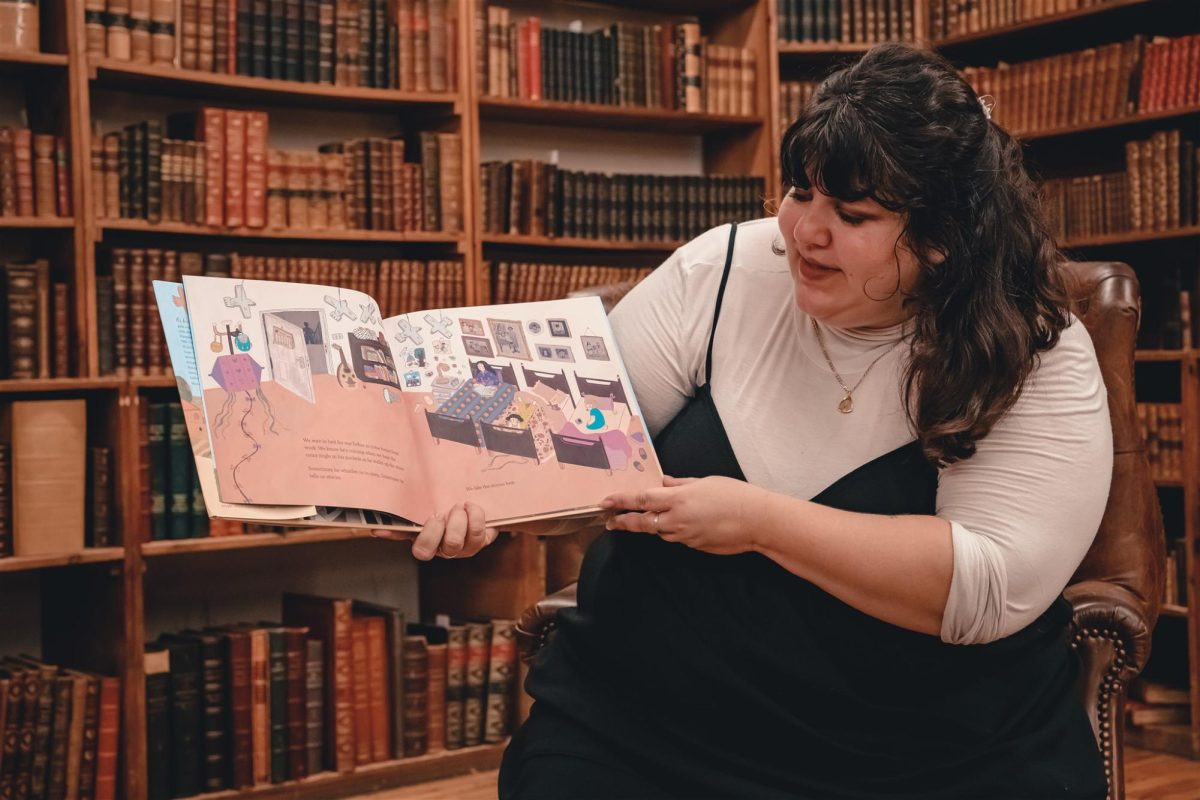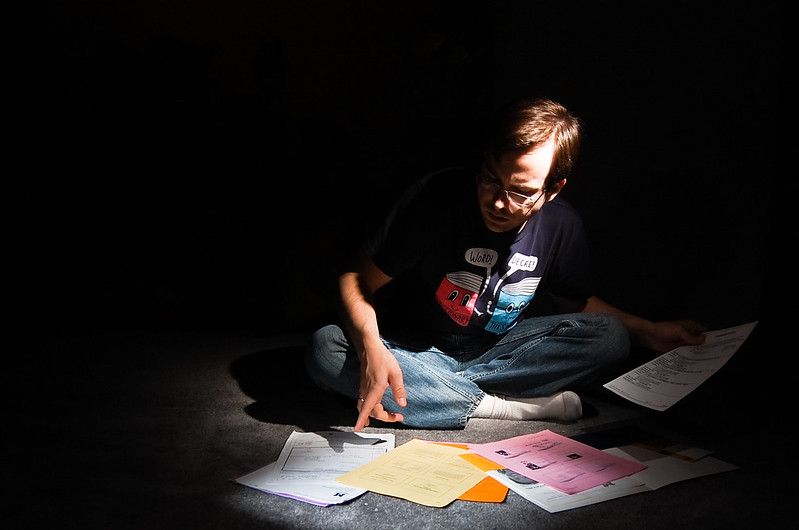Chelsea Gardner | Staff Writer
On October 11, 2011 NPR interviewed TV critic Eric Deggans on his perspective of casting roles in terms of race on television today. The radio story was reported on the morning edition and it was titled, “How TV Shows Use BBFs To Appear Racially Diverse.” The program discussed the current role of minority characters on 27 new television network shows (CBS, FOX, CW, NBC, and ABC). The program suggested that many minority characters are playing the role of the “Black Best Friend” while Caucasian actors are playing the lead roles.
As we look over several films and TV shows that we have watched over the years, we see that his critique holds a lot of truth. In TV Series such as “Private Practice,” “Clueless,” “The Secret Life of the American Teenager,” “The New Adventures of Old Christine,” “My Boys,” “Grimm,” and the “Ghost Whisperer” we see the idea of the “Black Best Friend” being employed. In films we have seen this character used in “The Nanny Diaries,” “The Devil Wears Prada,” “Bring It On Again,” “The Unborn,” “Eat Pray Love,” “Save the Last Dance,” “Monster-in-Law,” “Premonition,” and “Mr. and Mrs. Smith.” The idea of many talented African American actors/actresses being cast in that role is not foreign to any of us. We see it quite often in several more films and shows than the ones listed above. Eric Deggan described their role as only having the importance of giving support to the Caucasian lead through “wise advice, delivered with a dash of sass and the occasional finger snap.”
It appears that network television is limiting African American characters to the BBF role but some say any role is an opportunity. But we have to ask ourselves: In the eagerness to be cast and get a job, are African American actors/actresses simply settling and undermining their talents to get a job? Often we see many actors and actresses starting off in this traditional and stereotypical role such as Nia Long, Regina King and Gabrielle Union. It is evident though that few actors and actresses actually find ways to branch out and expand their talents into starring roles.
Several media theories have shown that TV viewers associate media with real-life. As an African-American viewer, are we being told that we only fit into the best friend role? Are we supposed to lend the funny lines and give words of wisdom? Are we playing this role in our everyday lives? Additionally, what message about this character is it sending to other viewers? Does it create a stereotype of African American actresses and actors?
In the 2007 Los Angeles Times article “Buddy System,” Greg Braxton interviewed Aisha Tyler on her role as “Black Best Friend” in “The Ghost Whisperer.” Tyler was quoted as saying, “But I don’t know what the alternative is. I think the more roles there are for African Americans, the better. This trend feels like a consolation prize but at least these roles are available. A lot of ensembles are not diverse at all, so if it’s a shot, it’s a good thing.”
Deggan feels that the African American actors are only cast so that the TV show can look more racially diverse. He eventually leads to exceptions in the BBF case (“Up All Night”) who have found themselves starring roles and he feels that with a change in casting others will be able to find similar success. He said, “And once these characters are people rather than plot devices, imagine how much better these shows might become.”






